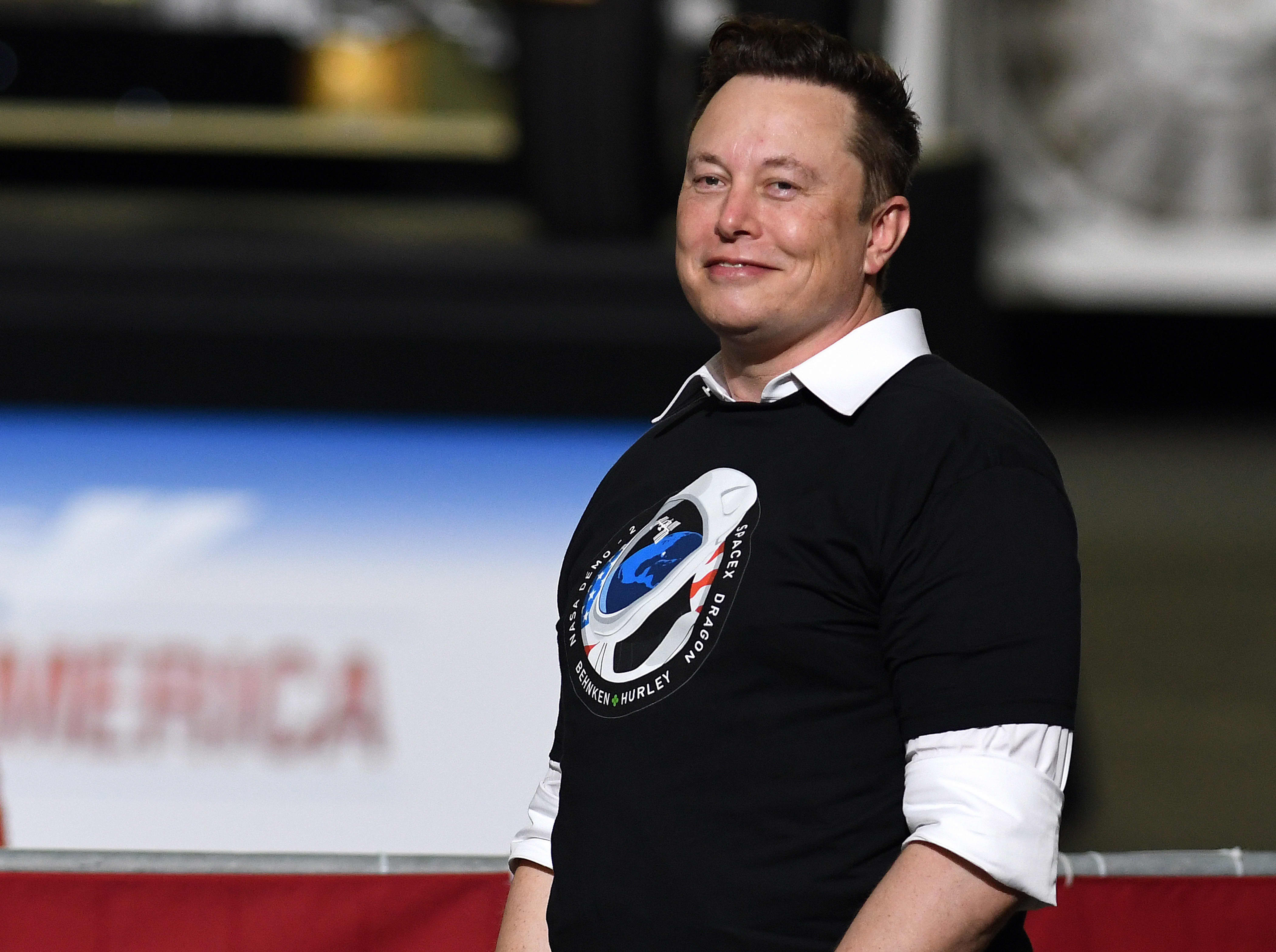SpaceX and Tesla founder Elon Musk at the Kennedy Space Center
Paul Hennessy | SOPA Images | Getty Images
Elon Musk on Tuesday said SpaceX’s satellite internet network Starlink “recently” passed near 70,000 active users and expects fast-paced growth in the year ahead.
“We are on our way to having a few hundred thousand users, possibly over 500,000 users within 12 months,” Musk said, speaking virtually at the Mobile World Congress trade show in Barcelona, Spain.
Starlink is the company’s capital-intensive project to build an interconnected internet network with thousands of satellites, known in the space industry as a constellation, designed to deliver high-speed internet to consumers anywhere on the planet. SpaceX first rolled out the service with a beta program for select consumers for $99 a month, and in the past year has sought regulatory approval to test the network inflight and expand the service to large moving vehicles, like ships and trucks.
A Starlink user terminal installed on the roof of a building in Canada.
SpaceX
It’s also now the world’s largest satellite constellation, with more than 1,500 Starlink satellites launched to orbit to date.
SpaceX last month touted that Starlink has received more than 500,000 orders and deposits so far to date, although those may not materialize into users. Starlink’s user base has grown, from about 10,000 users in February to Musk saying that this month it passed “the strategically notable number of 69,420 active users.”
As the company’s leadership has previously stated, Musk estimated Starlink may cost SpaceX between $5 billion and $10 billion to get fully operational. But SpaceX believes it can tap an even larger market, estimating Starlink could bring in as much as $30 billion a year – or about 10 times the annual revenue of its rocket launching business.
Starlink is “operational now in about 12 countries, and more are being added every month,” Musk noted.
Musk also said SpaceX is getting closer to launching next-generation versions of its Starlink satellites.
“We’re getting close to launching satellite 1.5, which has laser inter-satellite links, and that’ll be used especially for continuous connectivity over the Arctic and Antarctic regions,” Musk said. “Next year we’ll start launching version two of our satellite, which will be significantly more capable.”
Become a smarter investor with CNBC Pro.
Get stock picks, analyst calls, exclusive interviews and access to CNBC TV.
Sign up to start a free trial today.





